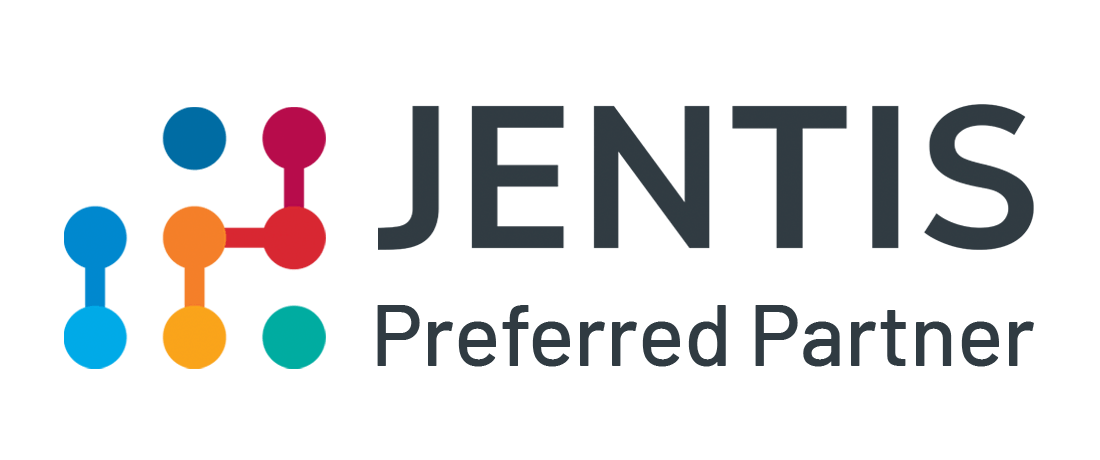In today’s competitive online world, reacting to user behavior isn’t enough anymore. To really connect with your audience, you need to be a step ahead.
By looking at historical data and spotting patterns in user behavior, predictive analytics helps you anticipate what your audience might do next. This means you can build marketing strategies that aren’t just based on past data but are forward-looking too, making sure your audience gets the right message at the right moment.
What is Predictive Analytics and Why Does it Matter for Marketers?
Predictive analytics uses machine learning and statistical models to analyze past and current data and forecast future trends or behaviors. For marketing teams, it helps answer crucial questions such as:
- Which users are most likely to convert? (e.g., make a purchase or submit a contact form)
- Who is about to leave the website?
- Which channels will deliver the best ROI next month?
Instead of relying on gut feeling or outdated reports, these insights provide a solid foundation for strategic decisions. Whether it’s campaign planning, audience segmentation, or content optimization.
How Predictive Analytics Improves Your Marketing Performance
The real power of predictive analytics lies in turning insights into action. Here’s how you can apply it effectively:
- Personalize content
Predictive analytics allows you to tailor content precisely to the needs of individual users. For instance, if a user is highly likely to purchase a specific product, you can deliver targeted product recommendations, relevant blog posts, or special offers. This not only boosts content relevance but also improves your conversion rates and customer satisfaction. - Identify trends early
By continuously analyzing large datasets, you can detect emerging trends before they fully materialize, giving you a clear time advantage: you can adjust campaigns, messaging, and content strategies early on to better meet shifting customer expectations or market changes. - Strengthen customer retention
Predictive analytics detects patterns that indicate a user may soon leave the site, such as decreased interaction or altered usage behavior. With this information, you can proactively counteract with personalized reactivation campaigns or exclusive offers to retain visitors and reduce churn.
Tools That Help You See Into the Future
To use predictive analytics effectively, marketing teams need the right tools. Below are three examples commonly used in today’s digital marketing landscape:
- BigQuery
As a powerful cloud-based data warehouse from Google, BigQuery enables real-time processing and analysis of large volumes of data. Combined with AI models or built-in machine learning features (like BigQuery ML), you can create complex forecasts, such as conversion probabilities or the impact of specific marketing efforts. You can apply custom models directly to raw data without the need for exporting. Making it especially valuable for companies seeking deeper, more tailored insights and a scalable analytics infrastructure. - Google Analytics 4
GA4 offers built-in predictive metrics such as purchase probability and revenue forecasts. With this information, you can focus on high-value user segments and respond to behavioral trends early on. - JENTIS’ Synthetic Users
JENTIS uses synthetic data models to simulate user behavior and predict interactions and customer journeys, all while maintaining privacy compliance. Marketers can activate user segments with campaigns without collecting personal data.
With such a wide range of tools and use cases, integrated solutions will vary significantly from one company to another. It ultimately depends on your specific goals and the use case you want to address, and should be evaluated accordingly.
Conclusion
Predictive analytics enables you to act proactively rather than reactively, leading to increased revenue, better ROI, and stronger customer relationships.
Start using predictive analytics and take your marketing into a smarter, data-driven future.









